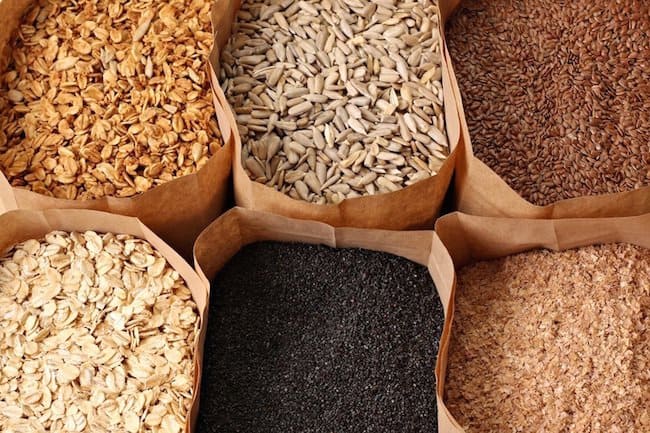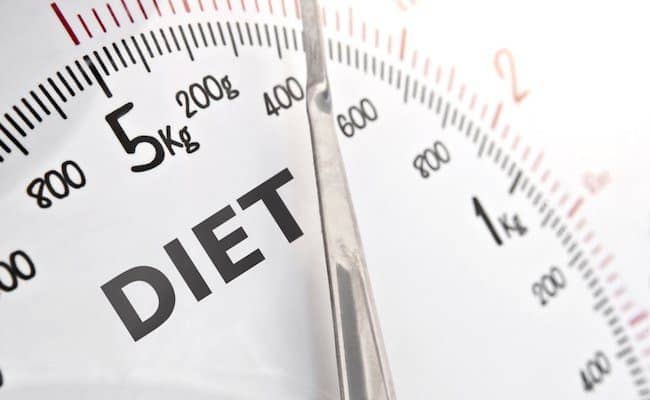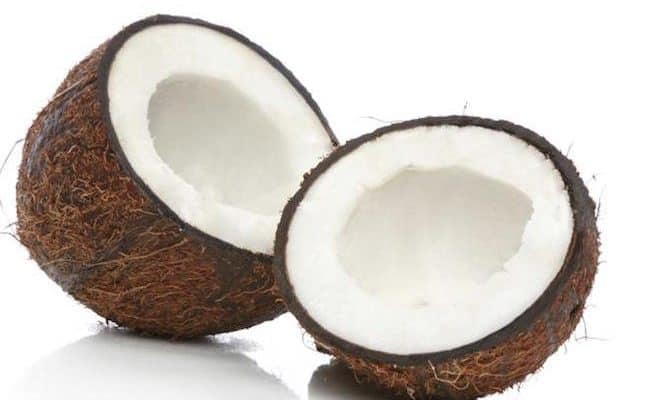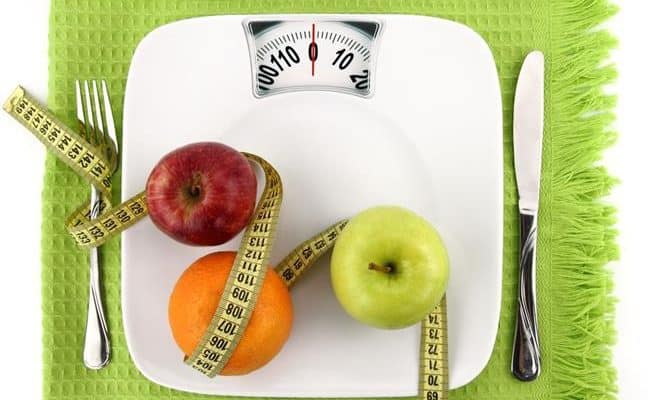
Whole grain foods are great for health, with studies showing that a diet high in whole grains reduces the risk of a large variety of chronic and lifestyle diseases. They also provide fibre, B vitamins and minerals, are often low GI and taste great, so why not make a few simple food swaps to increase your whole grain intake today?
What are whole grains?
Whole grains and foods made from them contain, as the name suggests, the entire grain seed. In some cases the grain has been altered in some way, such as crushing, cracking or cooking. However, to classify as whole grain, the product should retain the same nutrient profile as is found in a whole seed. A kernel is made up of bran, germ and endosperm, all of which must be present in the final product to classify as a whole grain item.
What are the benefits of whole grains in our diet?
A diet high in whole grains has been associated with lower risk of a large number of chronic diseases. Repeated studies have shown a strong association between whole grains and reduced risk of the following conditions:
- Stroke (30-36% reduction)
- Type 2 diabetes (21-30% reduction)
- Heart Disease (25-28% reduction)
- More successful weight maintenance.
Links have also been found recently between whole grains and reduced risk of:
- Asthma
- inflammatory disease
- colorectal cancer
Associations between whole grains in the diet and healthier carotid arteries, lower blood pressure and less gum disease and tooth loss have also been found.
Numerous studies have been done researching the effects of whole grains on our health and in 2012 the American Society for Nutrition compile evidence from these studies to produce a summary of results. This report stated that the current evidence suggested that whole grains reduce risk of coronary heart disease, diabetes and cancer, as well as contributing to weight management and gastrointestinal health.
How many serves do we need?
Studies show that at least three one ounce (28 gram) serves of whole grains per day offer the best protection against chronic disease, with one ounce approximately the equivalent of a slice of bread or serve of cereal. However, some research has shown reduced risk with even one serve of whole grains per day, so any amount of whole grains is good for your health.
One serve may not seem much, but the average American eats less than one serve per day of whole grain products, with 40% not eating any whole grains at all. Only 8% of Americans eat the recommended three serves a day, despite the ongoing promotion of whole grains for a healthy diet.
The Dietary Guidelines for Americans suggest that at least half our grains should be whole grains, so try to choose whole grain choices in your diet whenever possible for the best health benefits. Try to include a whole grain source at every meal to make sure you are getting at least three serves.
Which foods contain whole grains?
Foods made with grains are carbohydrate sources. A wide variety of products may be classified as whole grain, for example breads, crackers, biscuits, rice, and cereals.
Foods made from the following grains may be classified as whole grain if they retain all the parts of the seed.
Amaranth
Corn (also includes pop corn and cornmeal)
Oats and oatmeal
Millet
Buckwheat
Barley
Quinoa
Brown and wild rice
Rye
Triticale
Wheat (including spelt, faro, durum, bulgur and cracked wheat)
(Amaranth, quinoa, and buckwheat are technically not whole grains, but are included in the list due to their similar profile and nutritional qualities)
Legumes and seeds such as sunflower and flax are not considered to be whole grains.
Easy food swaps to increase whole grains in your diet.
It is easy to get plenty of whole grains in your daily diet, by making a few simple swaps. Finding whole grain foods in the supermarket is not difficult, as most manufactures will state clearly on the packaging if a food is whole grain.
To increase your whole grain intake swap:
White bread, wraps, rolls and flat bread for whole grain or whole wheat varieties
White pasta for whole grain
White rice for wild or brown rice
Heavily processed breakfast cereal for whole grain varieties.
Snack foods such as chips for plain pop corn
Rice or flavoured crackers for whole grain varieties.
Whole wheat vs. whole grain vs. multi-grain v. whole meal
There can be a lot of confusion between the three terms above. So what is the difference between products with these differing labels? Whole grain, as mention previously must contain the entire seed as does whole meal. Whole wheat is simply a more specific label, indicating that the food contains entire wheat grains. Multi grain on the other hand, refers to the presence of a number of different grains in the product, which may or may not be whole grains.
References used in this article










